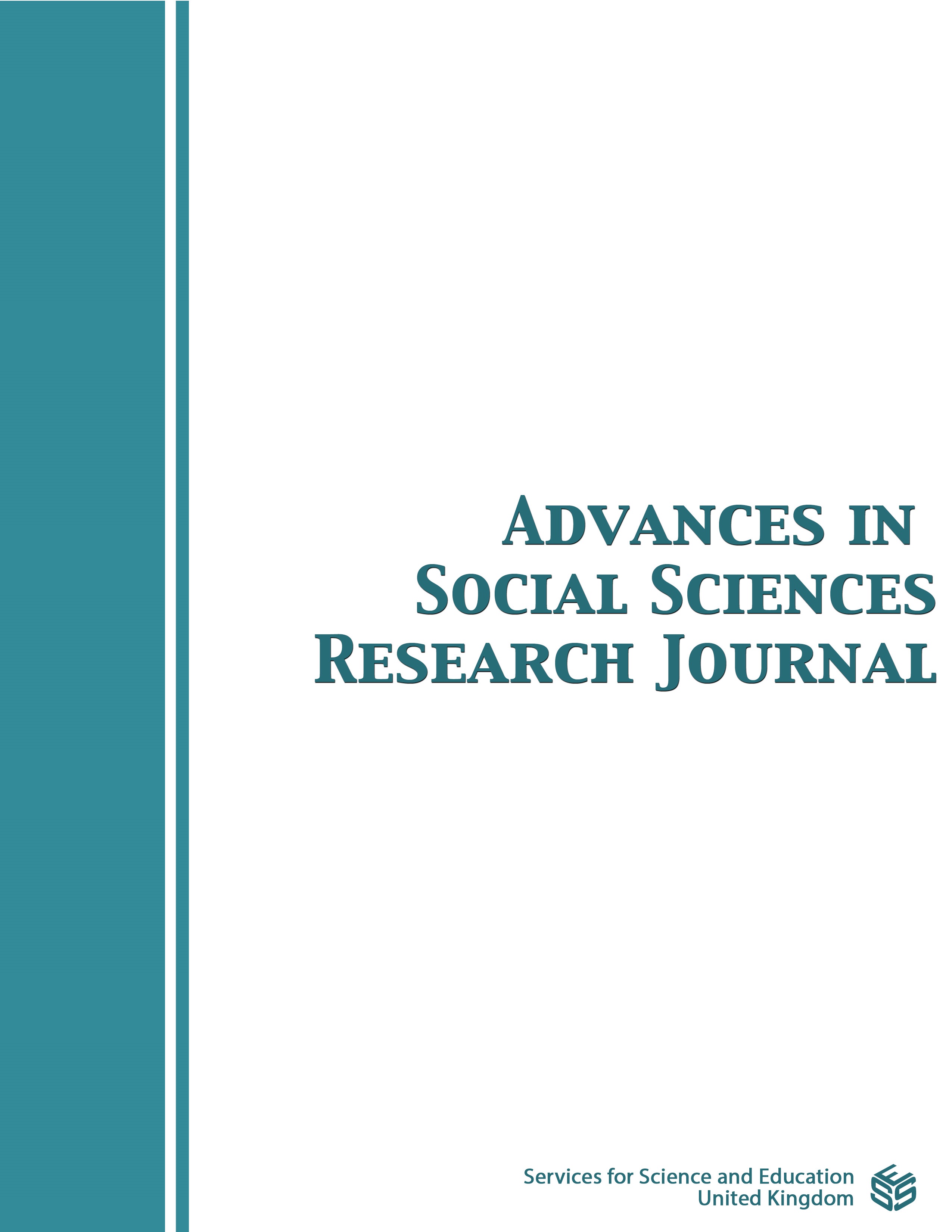Pet Attachment and Its Relevant Factors among Undergraduates
DOI:
https://doi.org/10.14738/assrj.87.10482Keywords:
Undergraduates, Pet attachment, Loneliness, Coping style, Interpersonal Relationship, Relevant FactorsAbstract
Objective To explore the characteristics of pet attachment and its relevant factors among
undergraduates. Methods 547 undergraduate pet owners were selected by stratified random sampling
from 7 universities in Guangzhou City. They were investigated with Lexington Attachment to Pets Scale
(LAPS), College Students Interpersonal Comprehensive Diagnostic Scale (ICDSCS), Revised UCLA
Loneliness Scale-Version 3 (UCLALS), Simplified Coping Style Questionnaire (SCSQ) and a self-edited
questionnaire on the general personal information. Results ⑴ The total score of LAPS, ICDSCS and
UCLALS, as well as score of coping style disposition were (41.71±10.05), (9.12±5.62), (44.51±7.87) and
(-.22±1.50), respectively. ⑵ 20.9% of undergraduates were moderate to severe pet attachment. ⑶ Multiple
stepwise linear regression analysis showed that the total score of LAPS was positively correlated with 7
factors such as total score of UCLALS and ICDSCS, school category, how many pets have you kept, origin,
gender and monthly family income (β=.119 to .668, all P < 0.05), while the reasons for keeping pets and
coping style disposition were negatively correlated with the total score of LAPS (β=-.537 and -.621, P <
0.05). Conclusion College students' pet attachment is a common behavioral problem, which is closely
related to such factors as family rearing, community cultural atmosphere, school education and the personality
of the undergraduates.
Downloads
Published
How to Cite
Issue
Section
License
Copyright (c) 2021 Yongmei HOU, Wanhui HUANG, Yongxin LIANG

This work is licensed under a Creative Commons Attribution 4.0 International License.
Authors wishing to include figures, tables, or text passages that have already been published elsewhere are required to obtain permission from the copyright owner(s) for both the print and online format and to include evidence that such permission has been granted when submitting their papers. Any material received without such evidence will be assumed to originate from the authors.






